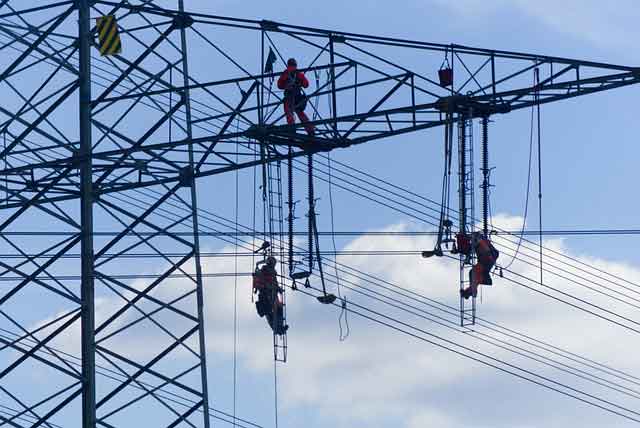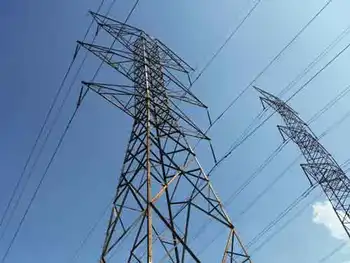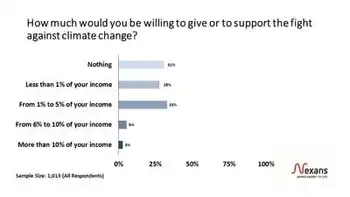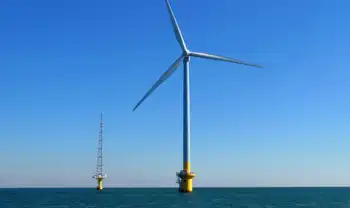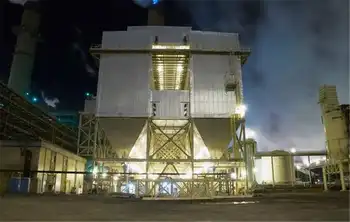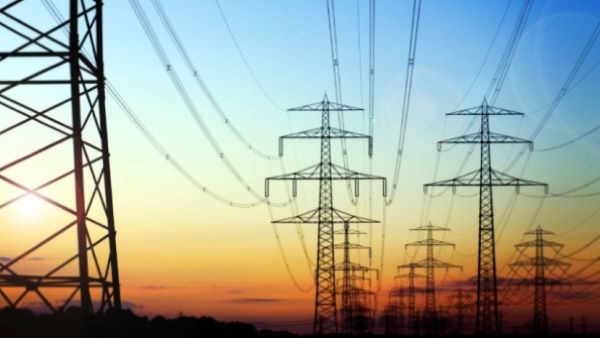Two large solar plants planned in California
By New York Times
NFPA 70b Training - Electrical Maintenance
Our customized live online or in‑person group training can be delivered to your staff at your location.

- Live Online
- 12 hours Instructor-led
- Group Training Available
The plants will cover 12.5 square miles of central California with solar panels, and in the middle of a sunny day will generate about 800 megawatts of power, roughly equal to the size of a large coal-burning power plant or a small nuclear plant. A megawatt is enough power to run a large Wal-Mart store.
The power will be sold to Pacific Gas & Electric, which is under a state mandate to get 20 percent of its electricity from renewable sources by 2010. The utility said that it expected the new plants, which will use photovoltaic technology to turn sunlight directly into electricity, to be competitive with other renewable energy sources, including wind turbines and solar thermal plants, which use the sunÂ’s heat to boil water.
“These market-leading projects we have in California are something that can be extrapolated around the world,” Jennifer Zerwer, a spokeswoman for the utility, said. “It’s a milestone.”
Though the California installations will generate 800 megawatts at times when the sun is shining brightly, they will operate for fewer hours of the year than a coal or nuclear plant would and so will produce a third or less as much total electricity.
OptiSolar, a company that has just begun making a type of solar panel with a thin film of active material, will install 550 megawatts in San Luis Obispo County. The SunPower Corporation, which uses silicon-crystal technology, will build about 250 megawatts at a different location in the same county.
The scale is a leap forward.
“If you’re going to make a difference, you’ve got to do it big,” said Randy Goldstein, the chief executive of OptiSolar. The scale of the two plants will “bring a new paradigm to bear” for the industry, he said.
At 800 megawatts total, the new plants will greatly exceed the scale of previous solar installations. The largest photovoltaic installation in the United States, 14 megawatts, is at Nellis Air Force Base in Nevada, using SunPower panels.
Spain has a 23-megawatt plant, and Germany is building one of 40 megawatts. A recently built plant that uses mirrors to concentrate sunlight, called Nevada Solar One, can produce 64 megawatts of power.
Solar power remains expensive compared with making electricity from coal or natural gas, but it is bounding ahead, driven by quotas set by the states.
CaliforniaÂ’s 20 percent renewable standard is one of the toughest, and companies there are afraid they will miss a deadline in 2010. Pacific Gas & Electric expects that when the new plants are completed, its total will rise to 24 percent, but not until 2013.
Both plants require numerous permits, and plans could still go awry. The companies involved said they expected that building gargantuan plants would achieve economies of scale in the cost of design, installation and connection to the electric grid.
The companies said they were forbidden by contract terms to talk about price, and a spokeswoman for Pacific Gas & Electric said her company was trying to obtain the best possible deal for ratepayers by not telling other suppliers of renewable energy what it was willing to pay.
But all three companies said the costs would be much lower than photovoltaic installations of the past.
SunPowerÂ’s panels are mounted at a 20-degree angle, facing south, and pivot from west to east over the course of the day to face the sun. OptiSolarÂ’s are installed at a fixed angle. They are larger and less efficient, but also much less costly, so the cost per watt of energy is similar, company executives said.
Both are good at producing power at a time of day when the prices tend to be high, in the afternoon.
Neither approaches the economy of fossil-fuel burning plants, said Ms. Zerwer, the spokeswoman for Pacific Gas & Electric. But they will be competitive with wind power and with power from solar thermal plants, which are equipped with mirrors that use the sunÂ’s heat to boil water into steam. And prices will fall, she predicted.
Her company, she said, was “going to contribute to the virtuous cycle of technology innovation and lower unit manufacturing cost, by purchasing on such a scale.”





